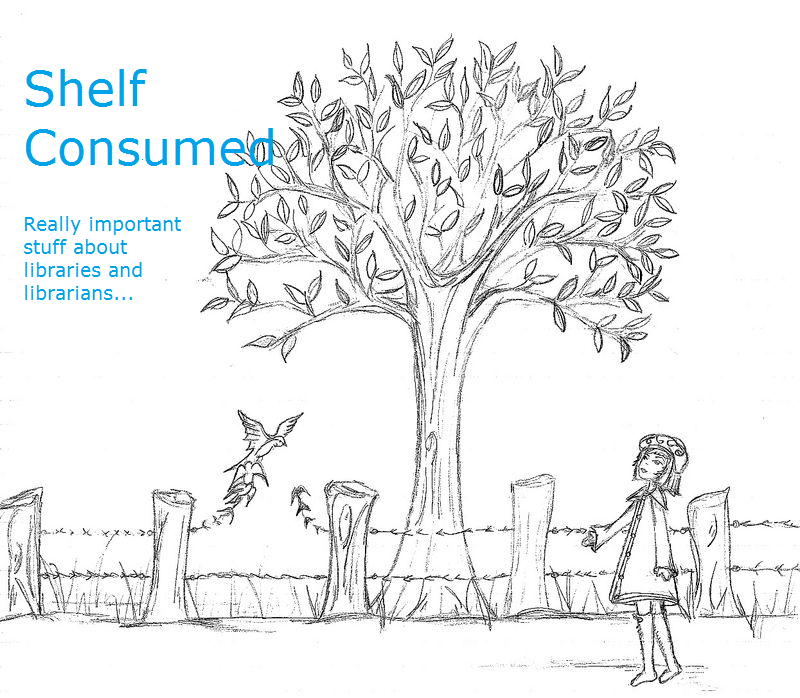 I was thrilled when one of our new middle school English teachers came to me recently and wanted to connect their classroom learning on writing leads to the library.
I was thrilled when one of our new middle school English teachers came to me recently and wanted to connect their classroom learning on writing leads to the library. After the class arrived, we recapped what they have been learning about leads. Leads come at the beginning of a piece of writing. They are designed to hook a reader, set the tone, and/or provide background information. They may vary in length and style. All types of genres have leads, and the writer should keep the audience and purpose of writing in mind when crafting the beginning of the piece.

Next I read the one-page prologue from Kay Honeyman's The Fire Horse Girl (Scholastic, 2013) because it so beautifully talks about how the author carefully chooses the first words of a story.
Then I read leads from 4-5 books. Although these varied from period to period, a few were as follows:
Brain Jack, Brian Falkner (suspense)
What Jamie Saw, Carolyn Coman (repetition for effect)
Notes from a Midnight Driver, Jordan Sonnenblick (humor)
The Extraordinary Adventures of Alfred Kropp, Rick Yancey (author speaks to readers)
 Full Tilt, Neal Shusterman (one sentence lead)
Full Tilt, Neal Shusterman (one sentence lead)I also included two informational books about Issac Newton. One was a standard series biography with a pretty standard lead. The other was Kathleen Krull's much more interesting lead to her Issac Newton book from the Giants of Science series.
Afterward, students were given a few minutes to find a good by going to the stacks and perusing books of their choice. Then they partnered up, shared the leads they found with the other person, and decided which they felt was the better lead.
Finally, they paired up with another duo to make a group of four. After reading the four leads aloud, they selected the strongest from the group. We reconvened the class, and the student who had selected this lead read it to the large group.
The kids were engaged, and they seemed to enjoy sharing what they found. Best of all, several students wanted to check out some of the books.





